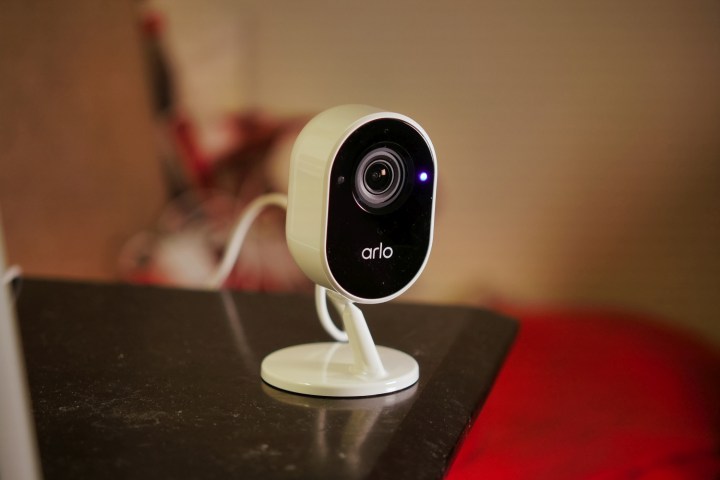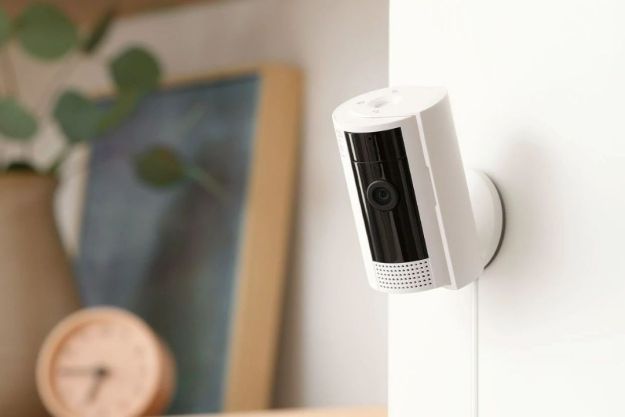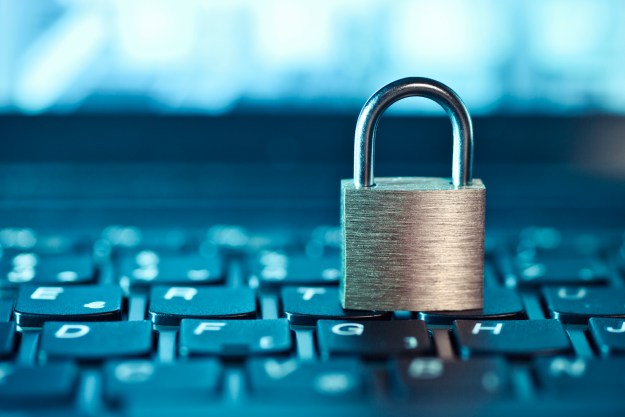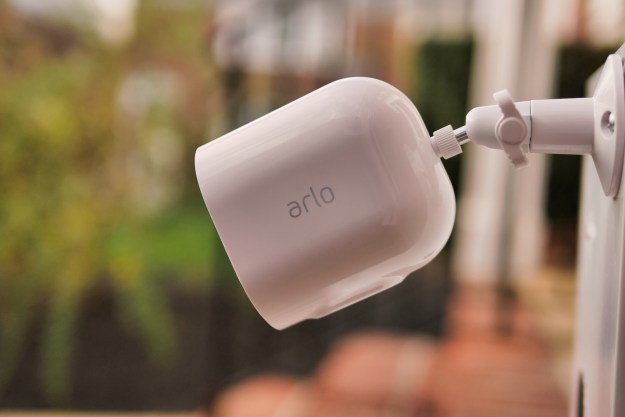Security cameras are often thought of as one-dimensional devices. They keep an eye out for suspicious activity around your home, but security cameras are capable of significantly more than just the bare minimum of motion detection.
- Security cameras can see in infrared
- Security cameras can see in color at night
- Pinpoint someone’s movement through your property
- Track someone’s movement through a room
- Automatic arm and disarm
- Scare away burglars by turning on lights inside the home
- Recognize and distinguish between different objects and people
While smart cameras excel at home defense, they do much more than simply alert you to activity around your home. Here are seven things you didn’t know security cameras could do.
Security cameras can see in infrared

A security camera wouldn’t be very useful if it could only see during the day. Security cameras make use of the infrared spectrum to see activity happening in and around your home in pitch-black darkness. Almost every single security camera on the market has infrared night vision.
This allows a camera to make out details anywhere from 15 to 25 feet away. It doesn’t matter how little light there is — your security camera will still be able to monitor and protect your home. Infrared doesn’t strictly rely on ordinary motion detection — it can also read heat signatures to help determine things like if it’s a person or small critter coming into frame.
Security cameras can see in color at night

While almost all cameras have infrared night vision, some models have color night vision that allow you to make out more detail about what’s happening around your home. Why is this important? It’s one thing to describe a person without any color details — it’s something else entirely to be able to tell police the color of the person’s shoes and shirt, even if it was dark outside.
Cameras like the Panasonic HomeHawk, Arlo Pro 3, EZVIZ C3X, and some from Lorex all boast color night vision capabilities thanks to sensors that make use of even minute amounts of light. While the cameras will still default to grayscale in total darkness, they can make out colors with minimal light sources.
Pinpoint someone’s movement through your property

Imagine if a security camera could show you the exact route a person took through your property in the form of a top-down map, even if that person went outside the range of the camera. It might sound like something from science fiction, but Ring’s Floodlight Cam Wired Pro can do exactly this thanks to its Birds Eye View feature.
The Birds Eye View feature tracks someone’s motion through a three-dimensional space to more precisely pinpoint their path. It shows this as a series of dots on a map defined during the initial setup phase of the camera. It gives you an idea of where someone went after they leave the view of the camera, whether that’s into a garden or around to a side door.
Track someone’s movement through a room

Many indoor security cameras have mechanical pan-and-tilt capabilities that allow them to track a person’s movement through a room. Rather than just showing a set frame of reference, the camera will follow a person to keep them centered in frame. The Eufy 2K Pan and Tilt camera is one security camera capable of doing this.
However, other cameras perform this same function digitally. The Ecobee SmartCamera can track activity throughout a room using its digital pan-and-tilt functions without losing clarity.
A security camera with this functionality, placed in the right position in a room, can provide whole-room protection and give you a much clearer view of an intruder than a camera without tracking capabilities.
Automatic arm and disarm

One of the great discussions surrounding security cameras is consumer privacy. While many cameras can disable their recording, few things bring as much peace of mind as physical privacy shutters. When there is a solid piece of plastic blocking the lens, you know that no one is on the other side of the camera watching you.
These cameras know when you’re home thanks to geofencing or when you connect to Wi-Fi, and then automatically disable monitoring to give you the privacy so many consumers demand from their security cameras.
Scare away burglars by turning on lights inside the home
One of the most common bits of advice given to homeowners is to create the illusion that someone is home, even if they aren’t. Would-be thieves target low-hanging fruit and often shy away from homes that would be more difficult targets. A smart security camera can be connected to your smart lights to give the impression that the home is occupied when it actually is not.
Almost every camera on the market can connect to a greater smart home system, whether that is through a built-in automation or by using a platform like IFTTT. The system can be configured so that when the cameras detect motion, the lights inside the home switch on — either all at once, or in sequence, as though someone were walking through the home.
Recognize and distinguish between different objects and people
Security cameras rely on artificial intelligence (A.I.) functionality to determine exactly what they see. In many cases, it’s this functionality that tells the camera whether the object it’s looking at is a shadow or a person crossing the frame. Cameras can also distinguish between a dog running across your yard and a person, or whether it’s someone jogging down the sidewalk in front of your home or a car passing by.
Some brands of smart cameras have facial recognition capabilities that will alert you if someone the camera recognizes is at the door. This is a great way for parents to keep tabs on when their children are home, or for homeowners to know if the dogwalker stopped by while they were away.
Editors' Recommendations
- Eufy shows off four security cameras and an upcoming robot vacuum
- Self-emptying robot vacuums: Do you really need one?
- Blink Outdoor Camera 4 launches with Person Detection, new design, 2-year battery life
- SimpliSafe now offers live home monitoring with new Smart Alarm Wireless Indoor Security Camera
- The Wyze Cam Floodlight Pro is a premium outdoor camera with tons of AI features




